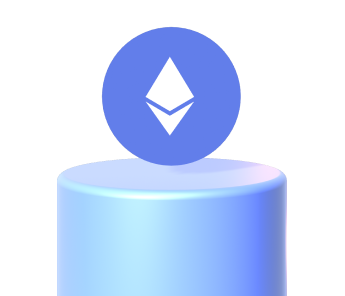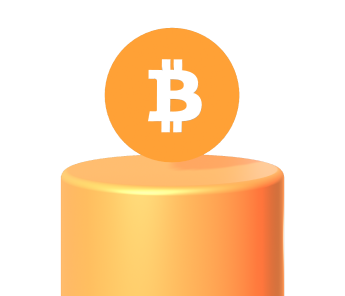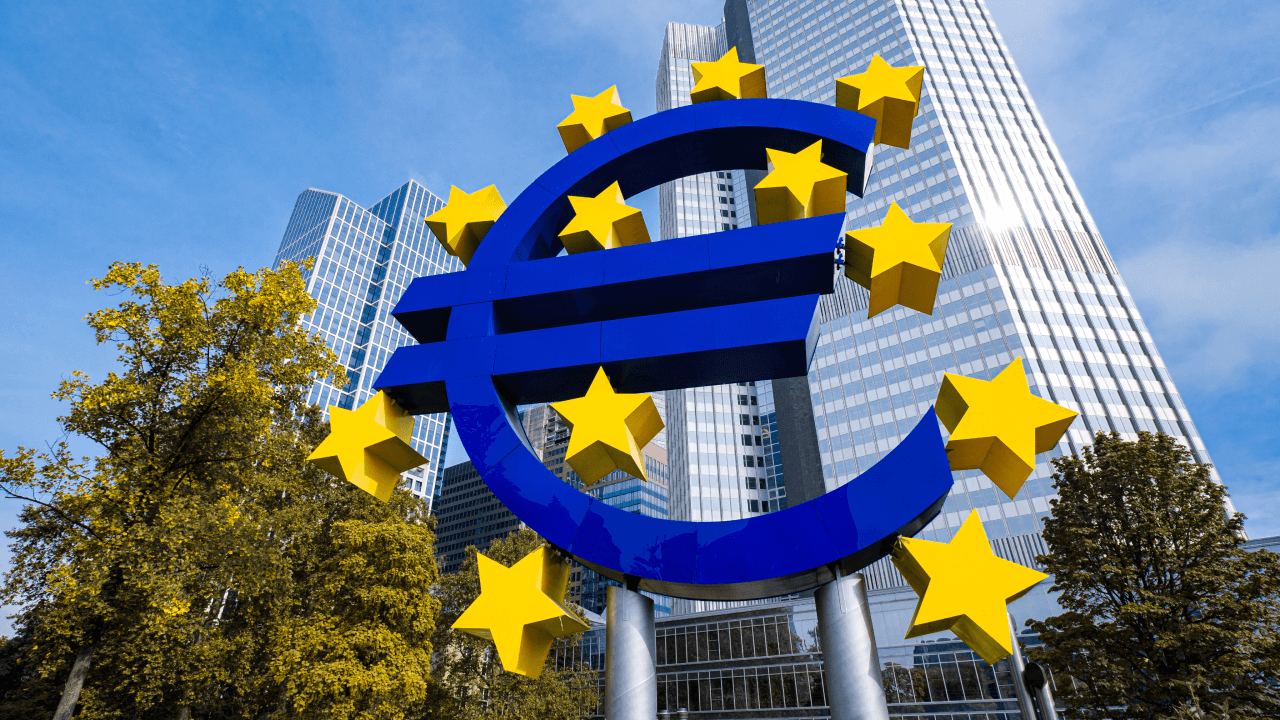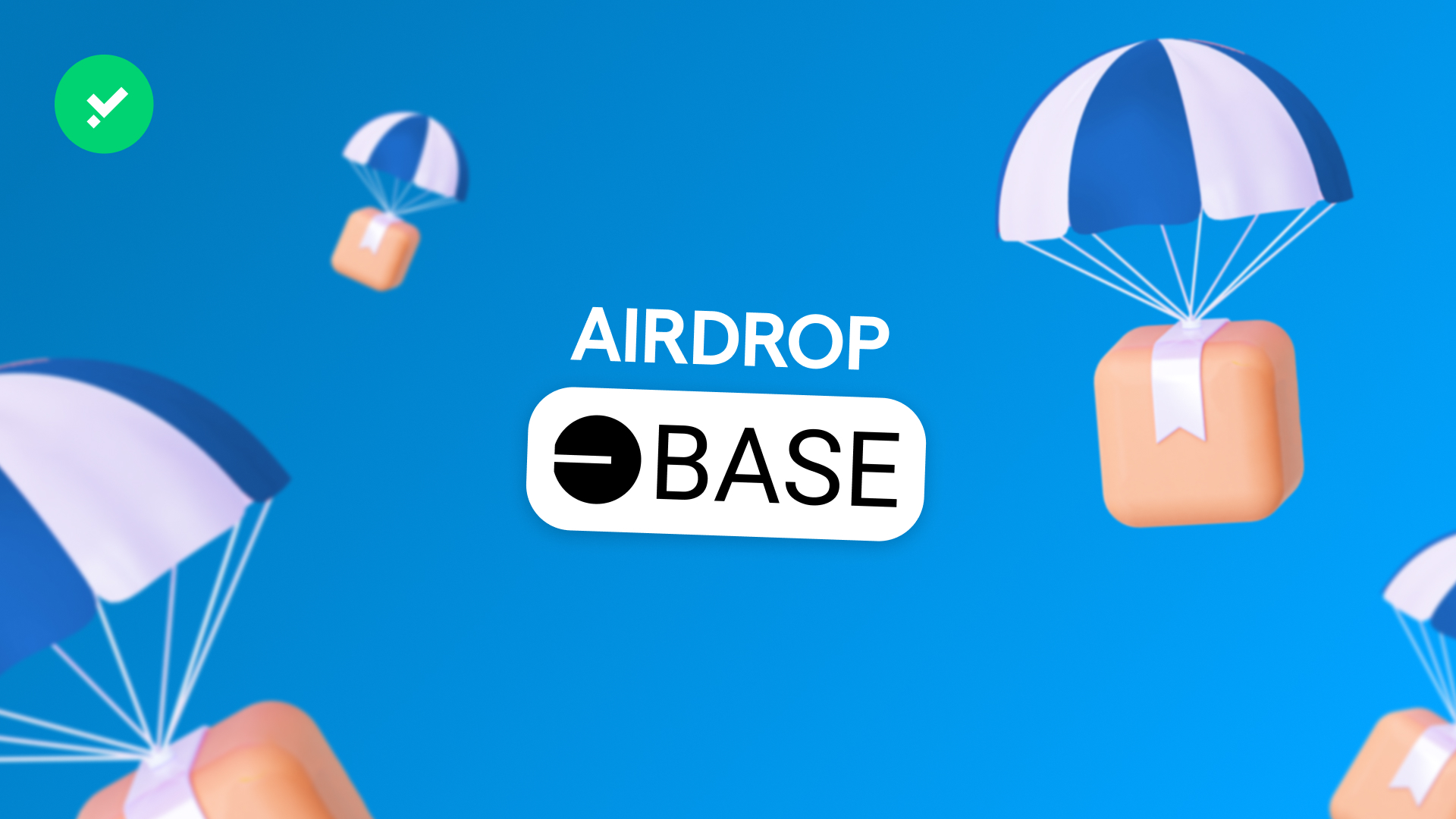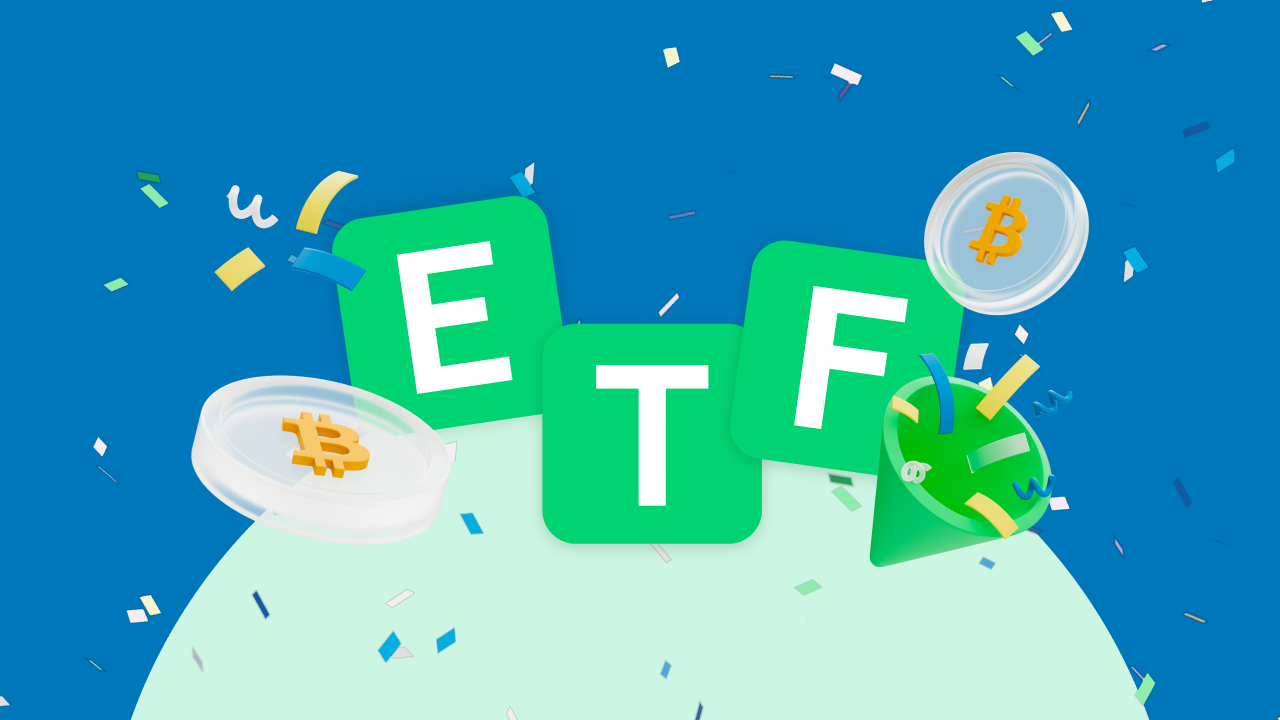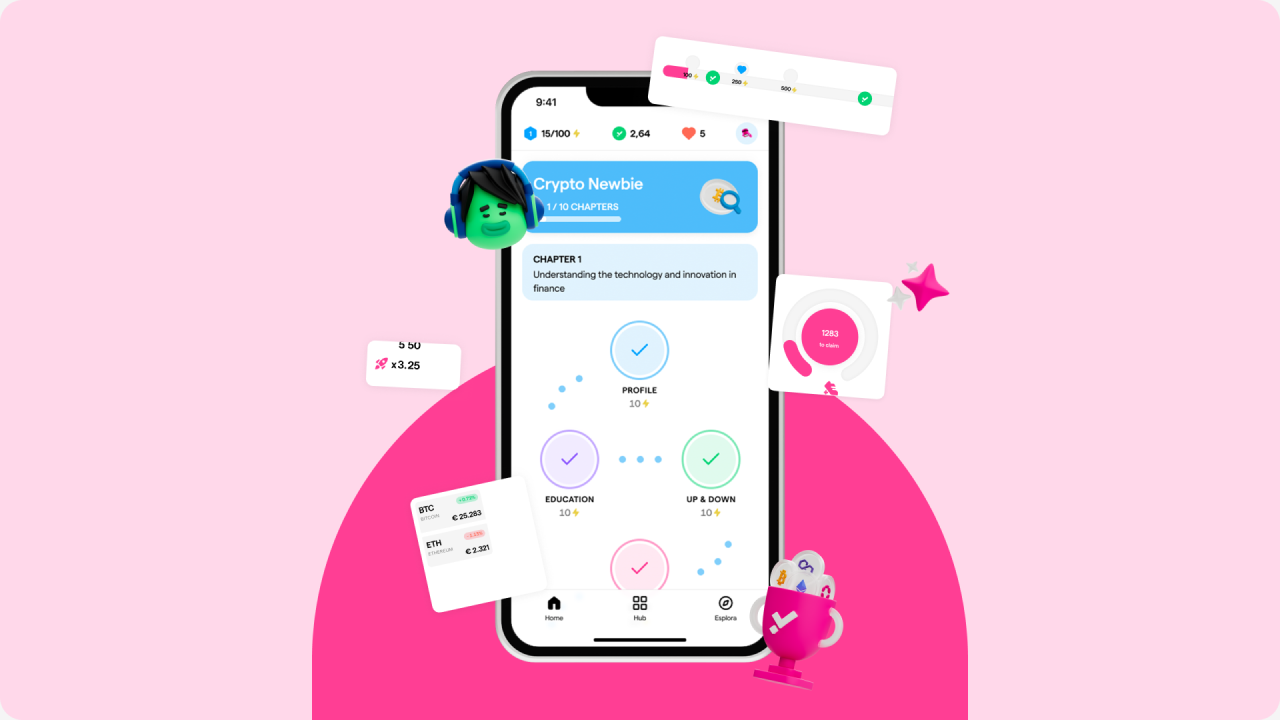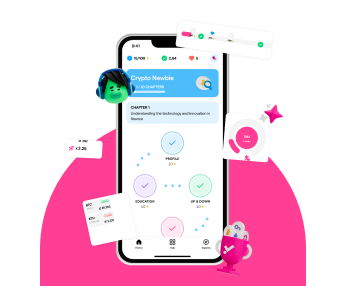Despite earlier announcements by the team at the launch of the blockchain, Base’s airdrop might be just around the corner. Base, the Layer 2 developed by Coinbase, the world’s largest cryptocurrency exchange, might reward its network users in the coming months.
A few months ago, the same team said they would not launch a token. However, the situation appears reversed, given the recent shift in the relationship between the exchange and U.S. regulatory bodies. Learn about the potential Base airdrop, Ethereum’s Layer 2, developed by Coinbase.
What is Base, Coinbase’s Blockchain?
Base is an Ethereum Layer 2 developed by the world’s leading crypto company, Coinbase. Available in over 100 countries for several years, the exchange offers a wide range of products to an equally broad customer base (about 7.3 million) and manages approximately $130 billion in assets on its platform.
This network is built using Optimism’s development stack, which is similar to the current second most famous Ethereum scalability solution. It utilises optimistic roll-up technology to allow users to process transactions quickly and cheaply and is compatible with the Ethereum Virtual Machine (EVM).
How to Qualify for Base’s Airdrop?
Neither the Base team nor Coinbase has confirmed the arrival of the Layer 2 token, so the existence of a future Base airdrop is not particular. Contrarily, they specified the opposite in the months before the mainnet launch. However, after statements by Paul Grewal, Chief Legal Officer (CLO) of Coinbase, many are more optimistic and believe that this free token distribution is imminent.
It’s important to note that it’s usually too late to qualify when a protocol announces an airdrop. Therefore, starting early is almost always mandatory, even if its arrival isn’t sure.
Since we don’t know if Base’s airdrop will occur, the requirements to receive it remain a mystery until the possible announcement of the free distribution. However, we can speculate based on past airdrops, which almost always rewarded frequent interactions with a particular protocol and the volume of crypto traded.
Practical Guide to Base’s Airdrop
Assuming Base’s airdrop is on the horizon, let’s explore the most likely steps to qualify.
- Access to a Decentralized Crypto Wallet and Network Integration
To receive Base’s airdrop, you must act on-chain directly on Ethereum’s Layer 2. First, you need a decentralised wallet and add Coinbase’s blockchain. Several wallets support it, notably Metamask and Coinbase Wallet, the decentralised wallet developed by the exchange.
To add the Base blockchain to your Metamask, consult the official documentation of Layer 2 and enter the necessary data. For convenience, here are the details below, but be aware that the RPC address might change over time, so always check Base’s official website.
– Name: Base Mainnet
– Description: The public mainnet for Base
– RPC Endpoint: https://mainnet.base.org
– Chain ID: 8453
– Currency Symbol: ETH
– Block Explorer: https://basescan.org
- Purchase Ethereum on Young Platform and Withdraw
Base, as mentioned, is an Ethereum scalability solution, so if you want to qualify for the airdrop, you need to own some Ether. This will enable you to use the dapps and process the necessary transactions to qualify for the distribution. You can use Young Platform by clicking this button if you don’t own any.
Buy ETH!
To transfer your ETH from your Young Platform account to your decentralised wallet, follow this guide. Remember, it’s essential to withdraw the ETH you want to use through the Ethereum network.
- Reach Base through an Official Bridge
The best way to reach Base is through the official bridge. Using it could be one of the essential requirements to qualify for free token distribution. To transfer your Ethereum (ETH) to Base, simply connect your wallet, select the amount you want to send, confirm, and approve the transaction.
- Utilise dapps on the Blockchain
Once your ETH has reached its destination, you should start interacting with the decentralised applications (dapps) on Layer 2 to qualify for the potential Base airdrop. Decide how to proceed based on the amount of ETH you intend to use (necessary to cover the gas fees, which are relatively low due to the high scalability of this network).
The most popular strategy for “airdrop hunting” involves making swaps between tokens available on the blockchain, using native decentralised exchanges (DEX) if possible – specifically created for that network. The most famous on Base are Aerodrome and BaseSwap, but you can check Defillama’s dedicated page to discover all the most used dapps on the network.
If you’re feeling adventurous, you can explore more advanced protocols like yield farming. Lastly, you could use one of the most popular platforms exclusively on Base, such as Friend Tech, the most famous example of socialFi.
4. Regular Use of the Blockchain
Finally, the frequency of your interaction with this network might be necessary for receiving the Base airdrop if it happens. Past free token distributions have rewarded users who regularly interacted with the network.
Therefore, it’s advisable to repeat the actions described in the previous steps over time. Another criterion the Coinbase team might consider is the variety of dapps used. To meet this requirement, connect your wallet and carry out operations on different platforms of Layer 2.
Should it be confirmed, you’ve just read the likely fundamental requirements to receive the Base airdrop.

Buy ETH on Young Platform
